The first somewhat random book on today's list is Space It!, or "A tuneful introduction to violin second finger spacing." How often students struggle with the mysteries of high 2 vs. low 2! This is a whole book devoted to unravelling the mystique.
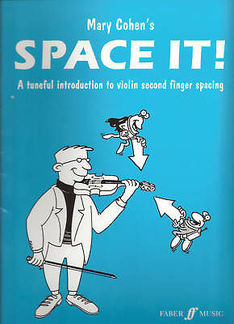
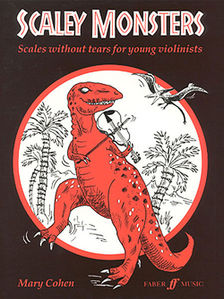
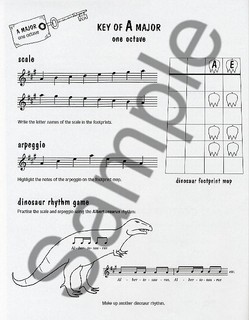
Again, Cohen makes a dry bit of violin study an opportunity for humor, creativity, and better yet, musical expression and understanding. Applying the keys immediately to pieces gives them so much more meaning!
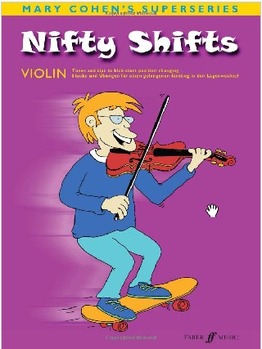
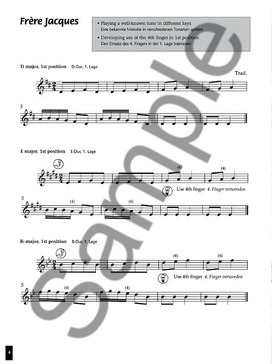
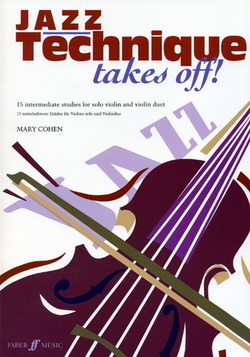
 RSS Feed
RSS Feed